Scientific Papers
Latest Papers
Researchers used Linkam’s BCS196 Cryobiology stage with optical microscopy to observe and measure reactive uptake coefficients (y) of O3, NO3 and OH for several systems of oxidant and organicaerosol surrogate combinations.
Researchers at CIEMAT, Spain and JRC, Germany published a study exploring the potential risks of storing highly-irradiated spent nuclear fuel when the fuel oxidises. A Linkam THMS600 stage was used to accurately control the temperature under a flow of dried air.
Researchers investigated high temperature anomalous Raman and photoluminescence response of molybdenum disulfide with sulfur vacancies using Linkam’s HFS600E-PB4
Researchers studied fluid inclusions in quartz samples from an epithermal bonanza-type ore deposit in Mexico using Linkam’s THMSG600.
Groen et al. explored how a novel 3D cryo-correlative light and X-ray tomography (CLXT) imaging approach could be used to investigate a promising antifibrotic treatment for myocardial fibrosis, using Linkam’s CMS196 to pre-screen vitrified grids.
Using a Linkam CMS196 stage Beer et al. demonstrated an innovative, targeted cryoCLEM workflow for tissues, in which cryogenic confocal fluorescence imaging of millimetre-scale volumes is correlated to 3D cryogenic electron imaging directed by a patterned surface generated during high-pressure freezing (HPF).
Researchers used a Linkam LTS420E-PB4 stage, which incorporates a temperature control element and positional tungsten probes, to study the effect of temperature on metal halide perovskite (MHP) performance and conduct electrical measurements.
The solubility of CO₂ in n-decane and n-decane + n-hexane system at temperatures between 303.15 K and 353.15 K and pressures up to 15 MPa was measured using a fused silica capillary cell (FSCC) with in situ Raman spectroscopy. The accuracy of temperature control is critical for obtaining a reliable solubility measurement, and Linkam's CAP500 stage was used to control the temperature of the FSCC where the solubility measurements were taken.
A Linkam LTS420 stage was used to vitrify aqueous solutions of MgSO₄, in order to replicate the conditions of Europa, one of the moons of Jupiter, to probe the potential stability of extra-terrestrial salt hydrates.
Geology
Researchers studied fluid inclusions in quartz samples from an epithermal bonanza-type ore deposit in Mexico using Linkam’s THMSG600.
Researchers used Linkam’s THMS600 to investigate significant methane fluxing from magma–sediment interaction in the end-Triassic Central Atlantic Magmatic Province in Brazilian Amazonia.
Scientists in Brazil used Linkam’s FTIR600 to enable their research in microthermometric studies in dark and opaque minerals.
Discover how the Linkam TS1400XY heating stage revolutionises the study of melt inclusions and opens up new possibilities for research and exploration.
Scientists in China used a Linkam THMSG600 to enable their research into climate change.
Tensile properties of polycrystalline methane hydrate are analysed under microscopy using Linkam’s CAP500.
Researchers used Linkam’s CAP500 with fused silica capillaries to study the formation of talc, observing the process using techniques including Raman spectroscopy and X-ray diffraction.
Pharmaceuticals
3D printed pharmaceutical products open the door to an exciting world of individually tailored drugs, unique for each patient. In this paper the drying process of single and multi-layered printed materials was monitored using the Linkam Imaging Station, monitoring changes in pore size as the 3D printed paracetamol was dried.
Researchers at the University of Liverpool, UK used a Linkam TST350 stage (now replaced by the LTS420) for this study.
Find out how hot stage microscopy (HSM) and Differential Scanning Calorimetry (DSC) can be used for pharmaceutical applications.
Choose Linkam’s THMS600, for hot stage microscopy, or our DSC450 for optical differential scanning microscopy.
Life Science
Groen et al. explored how a novel 3D cryo-correlative light and X-ray tomography (CLXT) imaging approach could be used to investigate a promising antifibrotic treatment for myocardial fibrosis, using Linkam’s CMS196 to pre-screen vitrified grids.
Using a Linkam CMS196 stage Beer et al. demonstrated an innovative, targeted cryoCLEM workflow for tissues, in which cryogenic confocal fluorescence imaging of millimetre-scale volumes is correlated to 3D cryogenic electron imaging directed by a patterned surface generated during high-pressure freezing (HPF).
Researchers at the University of Ottowa in Canada used Linkam’s Freeze Drying system, the FDCS196, to cryopreserve red blood cells with slow cooling rates prior to storage at -80°C.
Researchers used a Linkam tensile stage to investigate the intrinsic mechanical behaviour of femoral cortical bone in young, osteoporotic and bisphosphonate-treated individuals in low - and high energy fracture conditions.
Researchers used a THMS600 to undertake X-ray diffraction studies of the structural organisation of prolamellar bodies isolated from Zea mays.
Cryogenic light microscopy is a key mapping step in the correlative imaging workflow. Researchers adapted a standard upright widefield microscope into a cryogenic 3D laser-free confocal system using Linkam’s CMS196, to demonstrate the necessary sample preparation steps followed by confocal imaging of biological cells and tissues.
Researchers used Linkam’s Modular Force Stage (MFS) to investigate treatments for osteoporosis in fractures of femoral bones.
Researchers used the Linkam CMS196 for imaging cryopreserved human prostate cancer cells with X-ray tomography.
Scientists at the The Institute of Cancer Research in London, UK used Linkam’s CMS196 to image mammalian cells with cryo-CLXM microscopy.
Researchers used Linkam’s CMS196 as part of a Confocal Cryo Fluorescence Microscopy setup to image vitrified biological samples.
Studying the effect of supercooling and cell volume on intracellular ice formation (IIF), using Linkam’s Freeze Drying system the FDCS196.
Researchers at the University of Ottowa, Canada used Linkam’s Freeze Drying system, the FDCS196 to cryopreserve red blood cells with slow cooling rates prior to storage at -80°C.
Semiconductor/ Electrical
Researchers used a Linkam LTS420E-PB4 stage, which incorporates a temperature control element and positional tungsten probes, to study the effect of temperature on metal halide perovskite (MHP) performance and conduct electrical measurements.
Integrating a Linkam THMS600E stage into their custom in-house setup Wang et al. were able to obtain temperature-dependent Photoluminescence to evaluate the moisture assisted degradation of the phosphor at 200 °C and 100% RH.
Researchers have demonstrated a new highly-controllable method for fabricating high quality air-stable phosphorene films with a designated number of layers ranging from a few down to monolayer using Linkam’s THMS600.
Researchers investigated III-nitride tunable cup-cavities supporting quasi whispering gallery modes from ultraviolet to infrared using Linkam’s THMS600
Researchers investigated double-twist cylinders in liquid crystalline cholesteric blue phases observed by transmission electron microscopy using a Linkam heating/freezing stage.
Researchers investigated controlling Gaussian and mean curvatures at microscale by sublimation and condensation of smectic liquid crystals using a Linkam heating/cooling stage.
Researchers investigated Vertical Interface Induced Dielectric Relaxation in Nanocomposite (BaTiO3)1-x:(Sm2O3)x Thin Films using Linkam’s HFS600E-PB4
Researchers explored how temperature-controlled experiments play an important part in characterising and understanding the behaviour of next-gen photovoltaic devices using Linkam’s HFS600E-PB4.
Researchers used Linkam’s HFS600E-PB4 probe stage at temperatures down to -70 °C (200K), to investigate how temperature-dependent phase transitions affect the properties of piezoelectric materials, finding that ideal properties peaked around the low-temperature phase transitions.
Researchers study the effect of thermal excitation on semiconducting sensor materials using a Linkam probe stage, the HFS600E-PB4. They explore the temperature sensing performance of these semiconductor nanofilms.
Materials and Metallurgy
Researchers at CIEMAT, Spain and JRC, Germany published a study exploring the potential risks of storing highly-irradiated spent nuclear fuel when the fuel oxidises. A Linkam THMS600 stage was used to accurately control the temperature under a flow of dried air.
Researchers used Linkam’s THMS600 to investigate tailoring water structure with high-tetrahedral-entropy for antifreezing electrolytes and energy storage at −80 °C.
Researchers investigated the structure and properties of silica glass densified in both cold and hot compression.
Researchers at the University of Liverpool, UK used a Linkam TST350 stage (now replaced by the LTS420) for this study.
Researchers introduce a generalised approach to synthesise aerogels that allows remarkable control over its mechanical properties.
Researchers used a Linkam THMS600 to investigate the thermal expansion coefficient of few-layer MoS2 studied by temperature-dependent Raman spectroscopy.
Read how a unique setup using Linkam’s TS1500 allows researchers to perform beamline XRD analysis at high temperature at Diamond Light Source. Here, they use the new long-duration experimental beamline I11 to study phase formation kinetics of metal alloys, demonstrating a new technique for metallurgical studies.
Researchers used Linkam’s high temperature TS1500 stage to quench silica glass from 1100°C, studying the resulting mechanical properties of the glass in order to understand the effects of heating, quenching and compression on the properties of glass.
Researchers looked at the phase stability of nanocrystalline TiO₂ at temperatures up to 1000°C using Linkam’s high temperature TS1500 stage.
Researchers used Linkam’s CAP500 with fused silica capillaries to study the formation of talc, observing the process using techniques including Raman spectroscopy and X-ray diffraction.
Plastics and Polymers
Researchers used Linkam’s THMS600E to investigate the grafting of thermotropic fluorinated mesogens on polysiloxane to improve the processability of linear low-density polyethylene.
Researchers used Linkam’s THMS600 to investigate the multi-theremal stability of a hard thermoplastic protein-based material.
Macroscopic CNT fibres inducing non-epitxial nucleation and oreientation of semicrystalline polymers using Linkam’s THMS600.
Researchers used Linkam’s CSS450 to replicate the mechanical properties of natural silk by creating a synthetic polymer that solidifies when subject to flow. Using temperature-controlled shear in the aqueous phase they induce polymer crystallisation, providing an alternative low-energy polymer processing route.
Researchers at Imperial College London, UK added geo-inspired double-walled nanotubes to a polymer matrix in order to improve its tensile properties.
Researchers used Linkam’s TST350, now MFS to image and measure the tensile properties of nanocomposite samples synthesised by coagulation spinning using carbon nanotubes.
Space Science
A Linkam LTS420 stage was used to vitrify aqueous solutions of MgSO₄, in order to replicate the conditions of Europa, one of the moons of Jupiter, to probe the potential stability of extra-terrestrial salt hydrates.
Food Science
Shaalan et al. used a Linkam HFS600E-PB4 stage to monitor food spoilage based on a defect-induced multiwall carbon nanotube sensor at room temperature to investigate the prevention of food waste.
Oil and Gas
The solubility of CO₂ in n-decane and n-decane + n-hexane system at temperatures between 303.15 K and 353.15 K and pressures up to 15 MPa was measured using a fused silica capillary cell (FSCC) with in situ Raman spectroscopy. The accuracy of temperature control is critical for obtaining a reliable solubility measurement, and Linkam's CAP500 stage was used to control the temperature of the FSCC where the solubility measurements were taken.


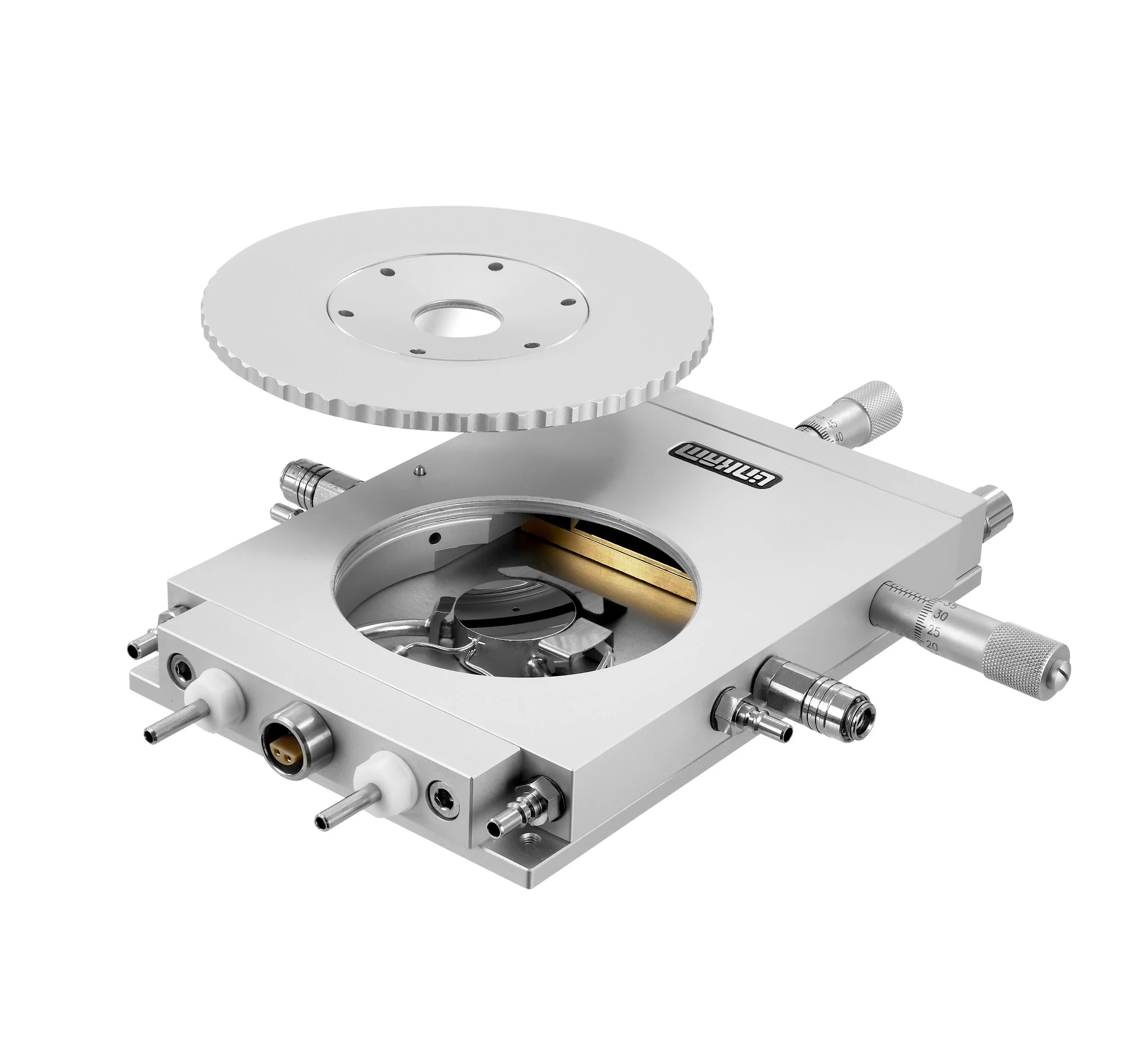

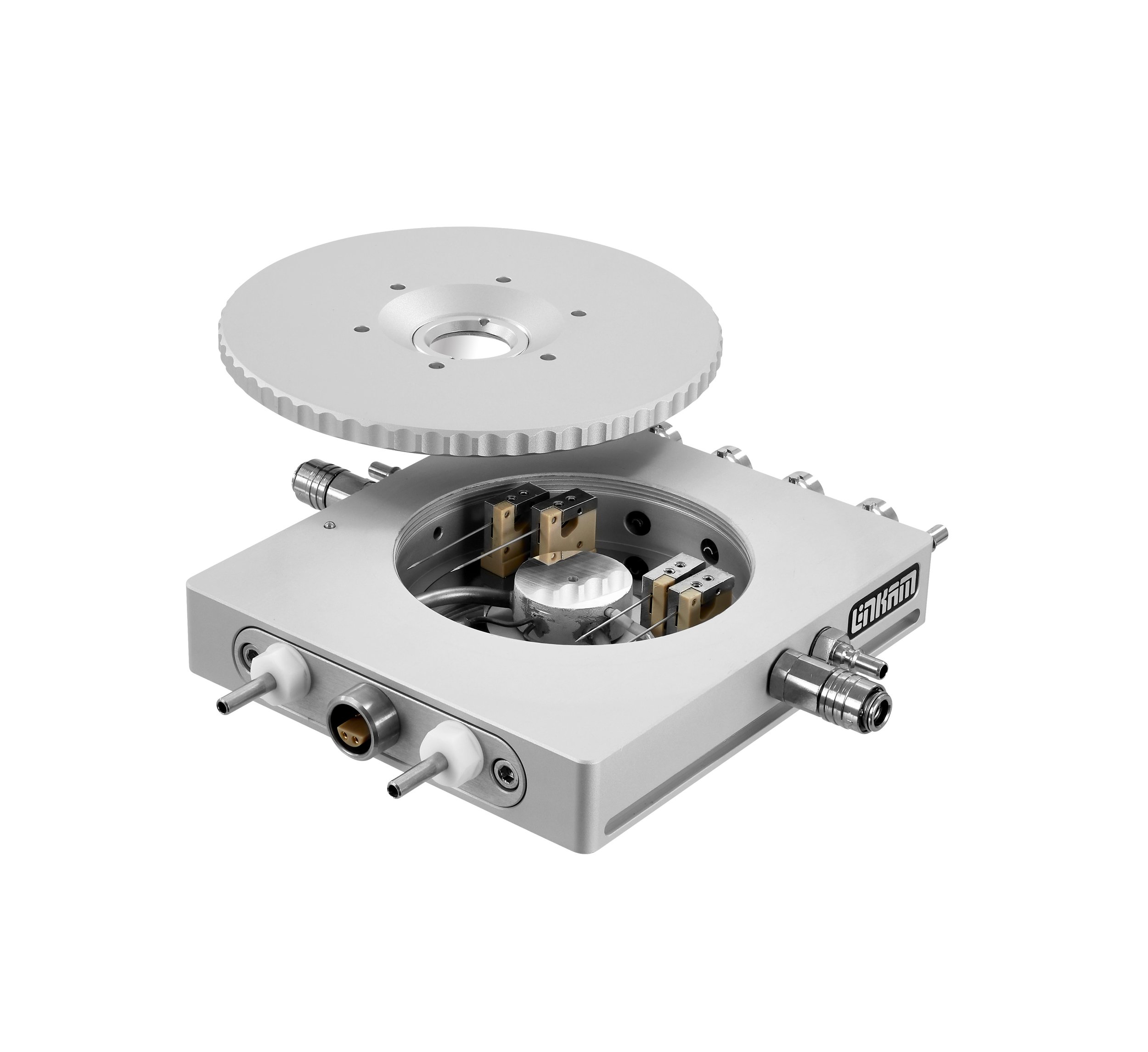
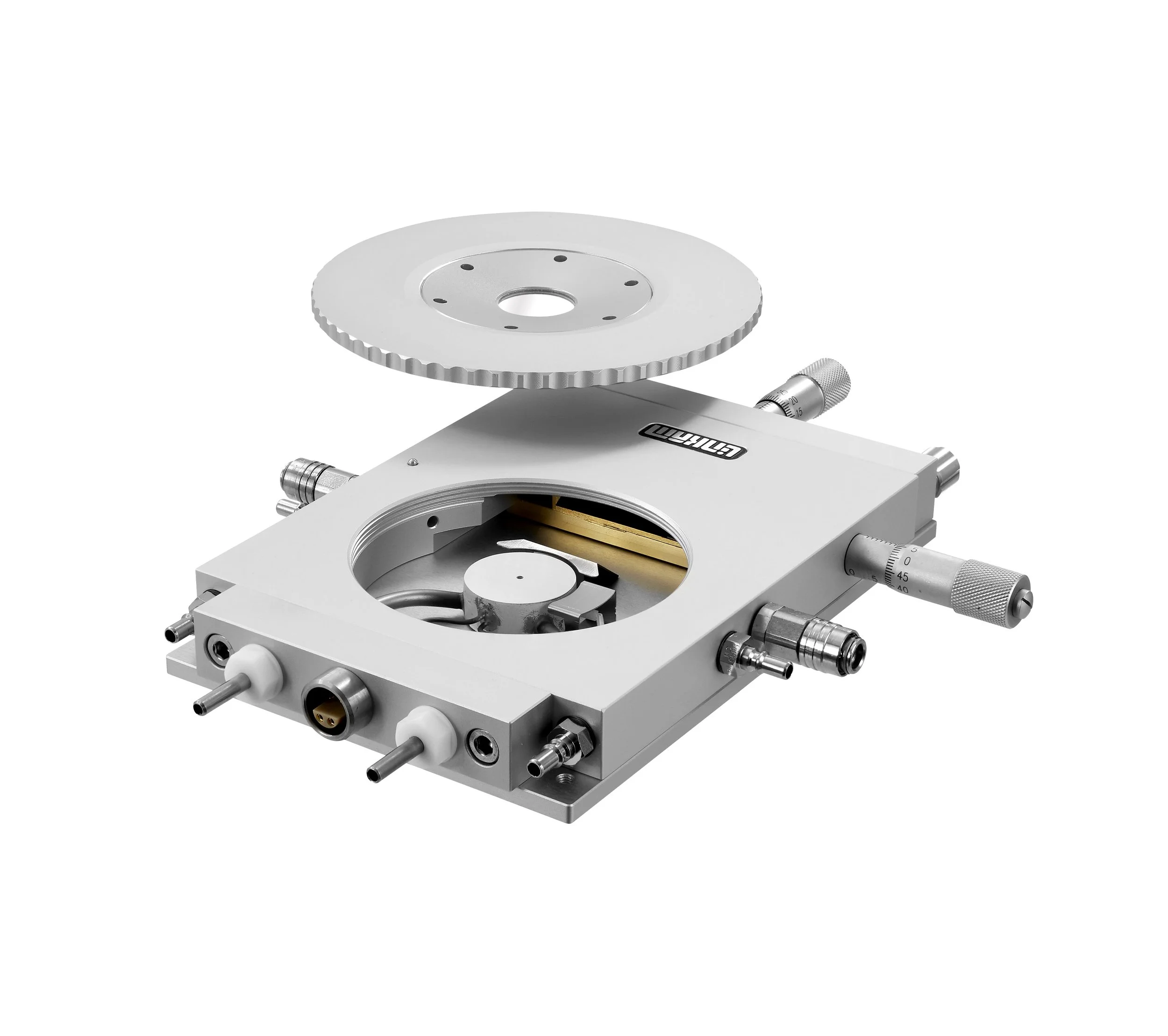

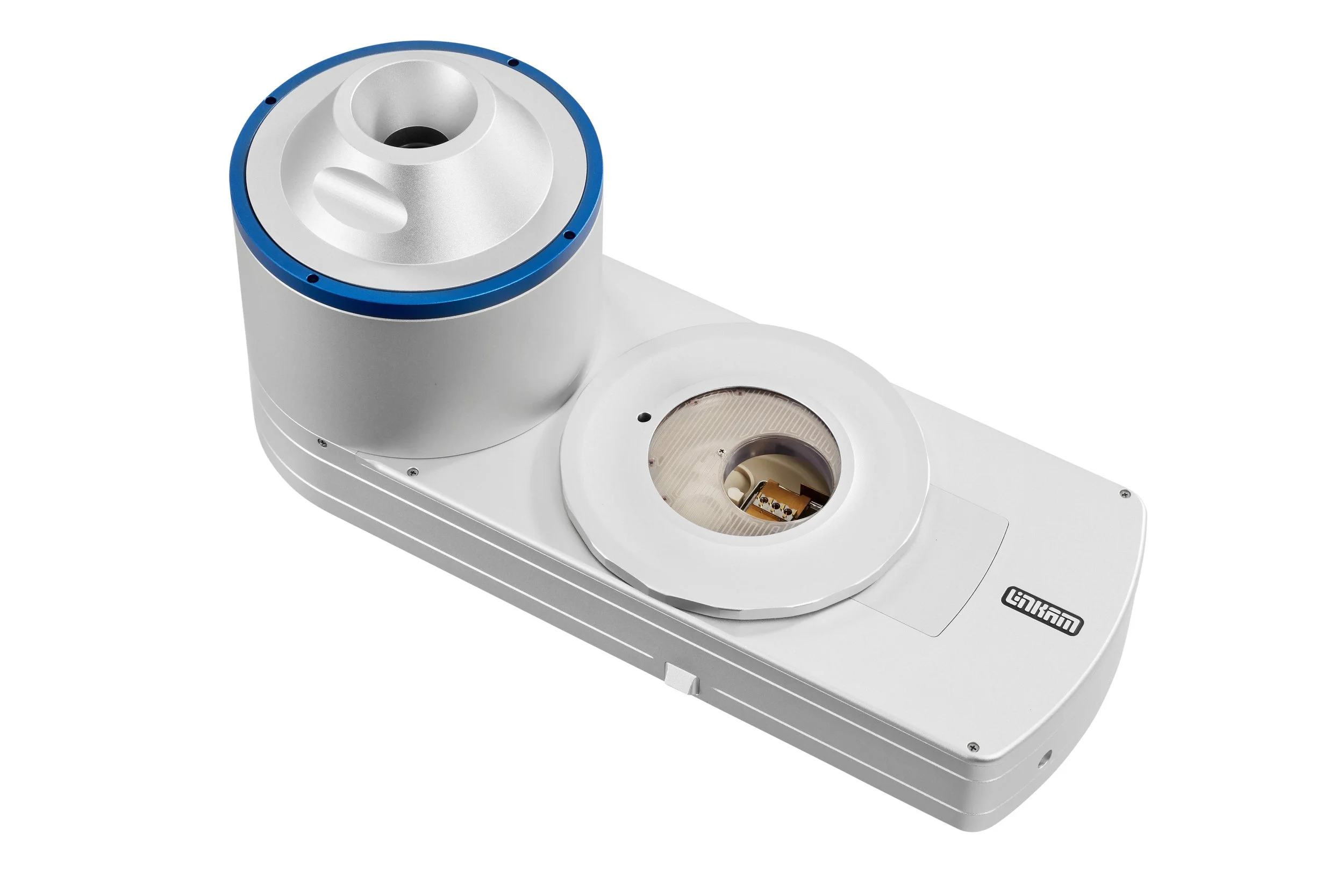
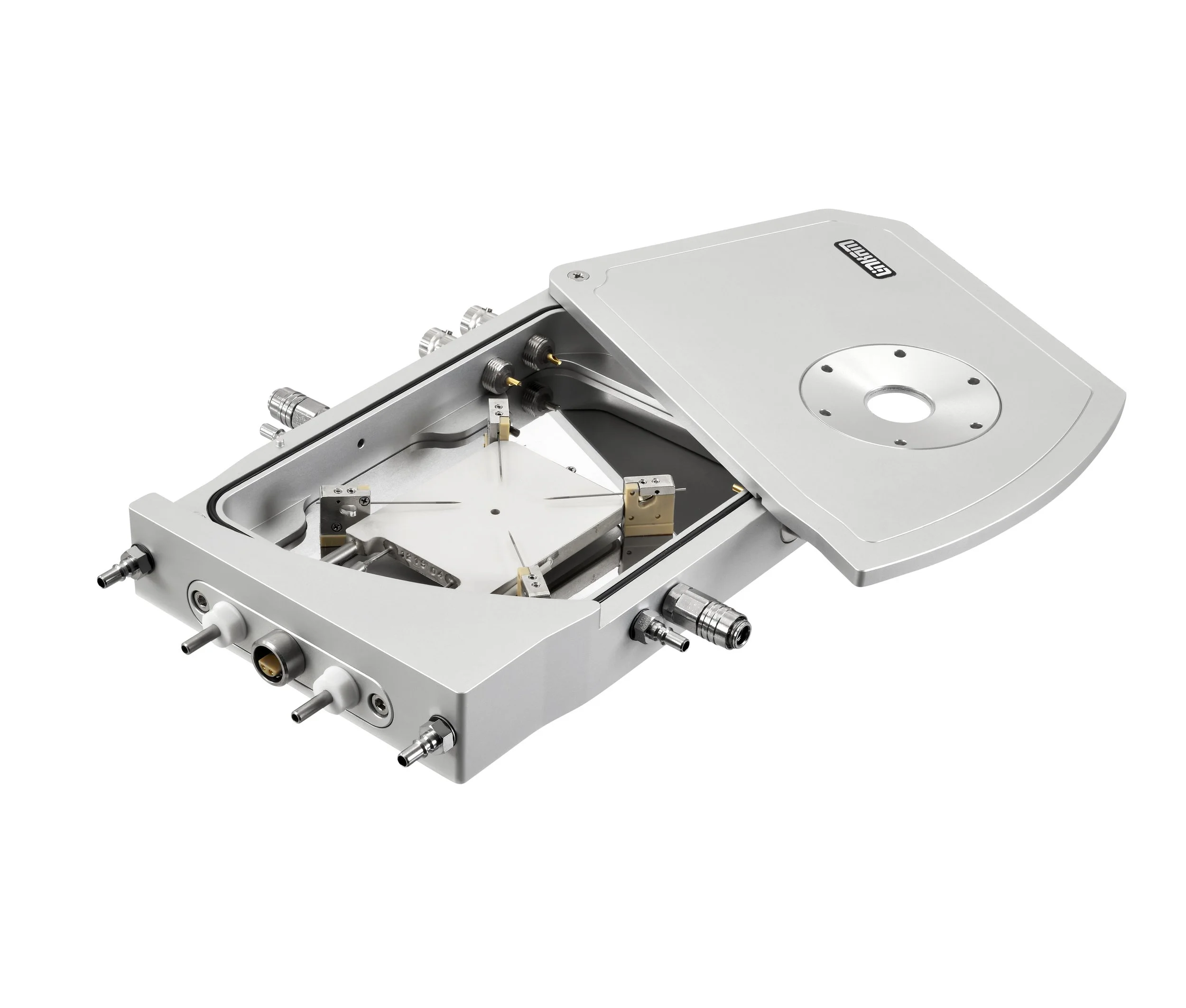


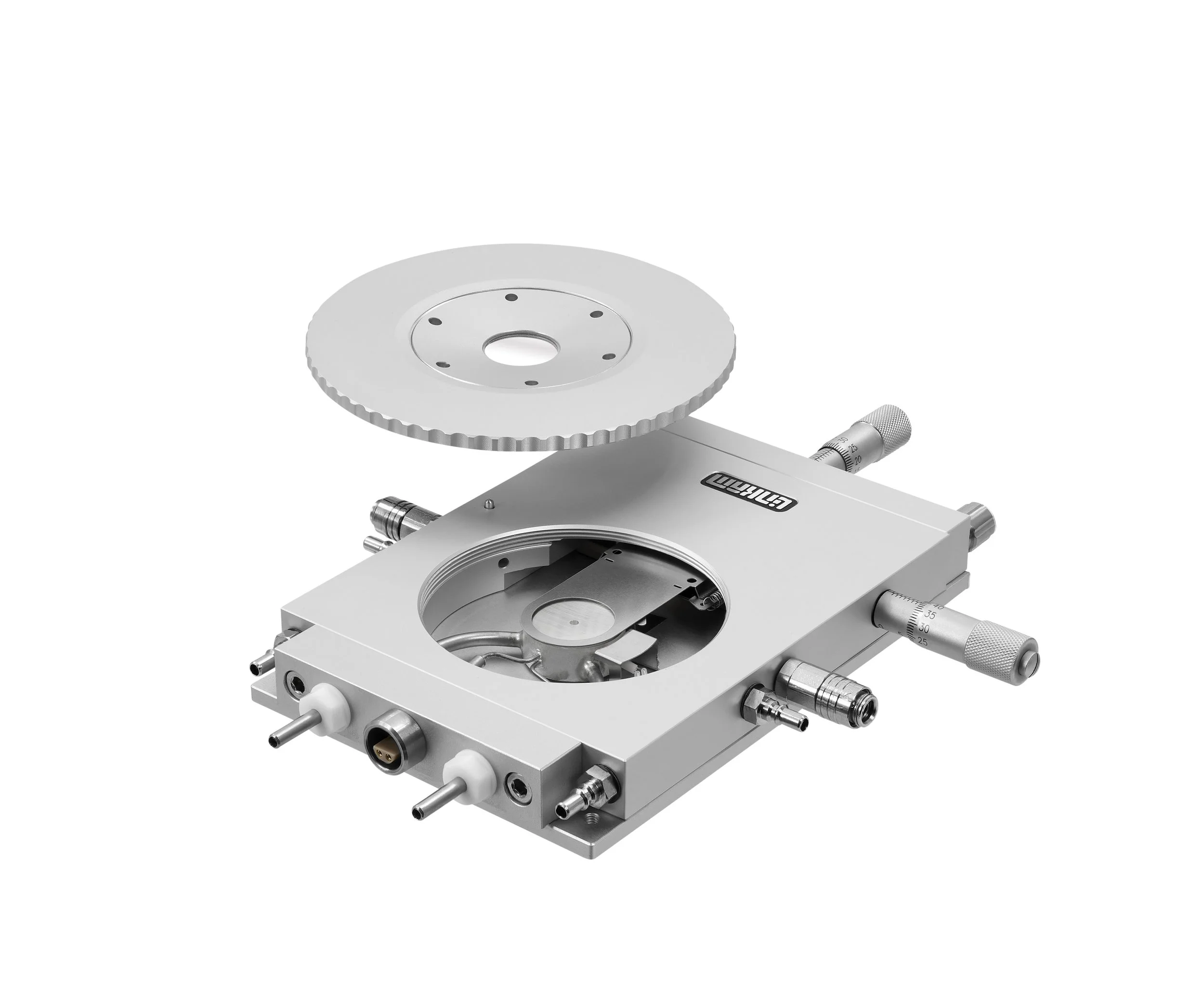
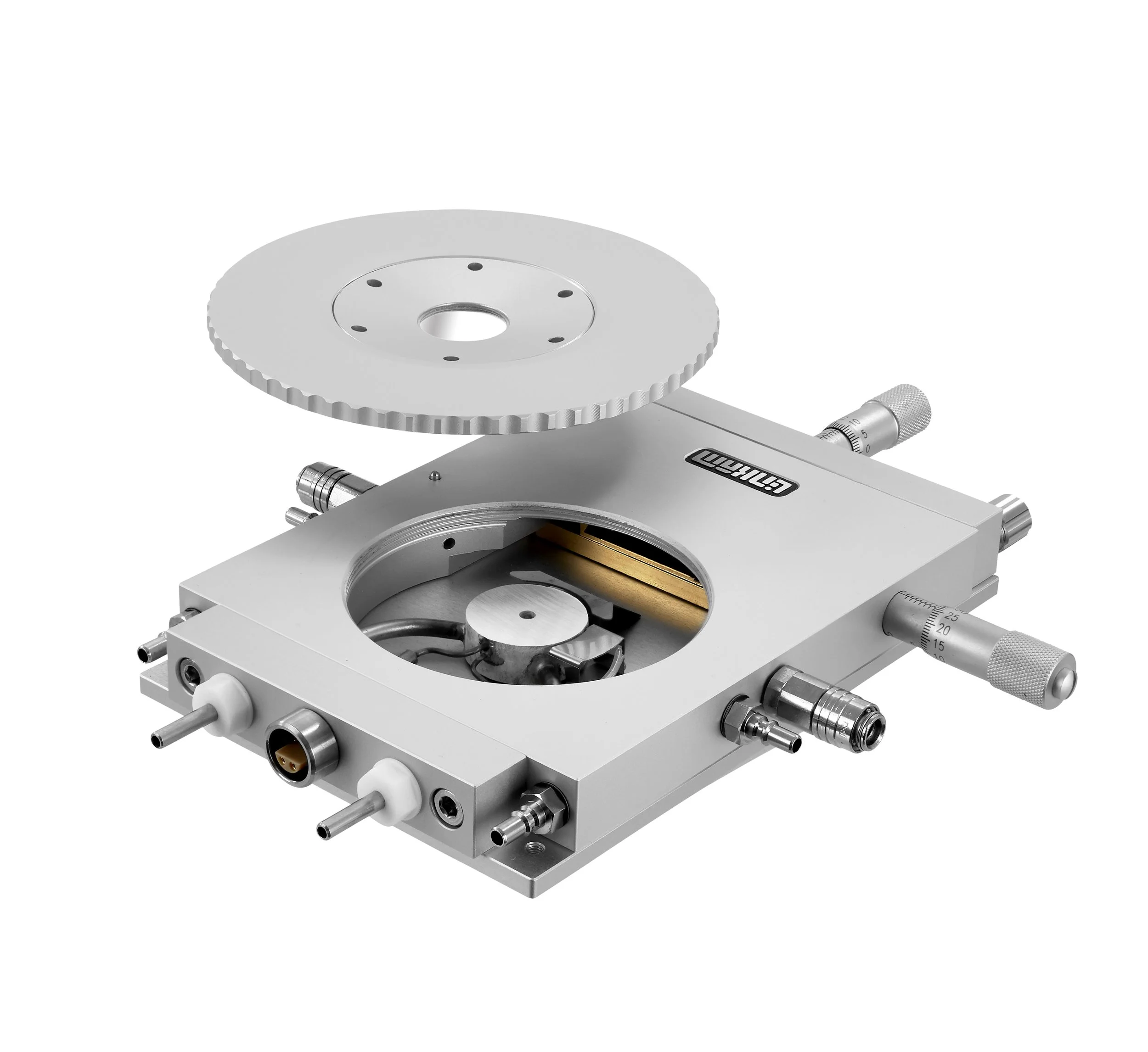
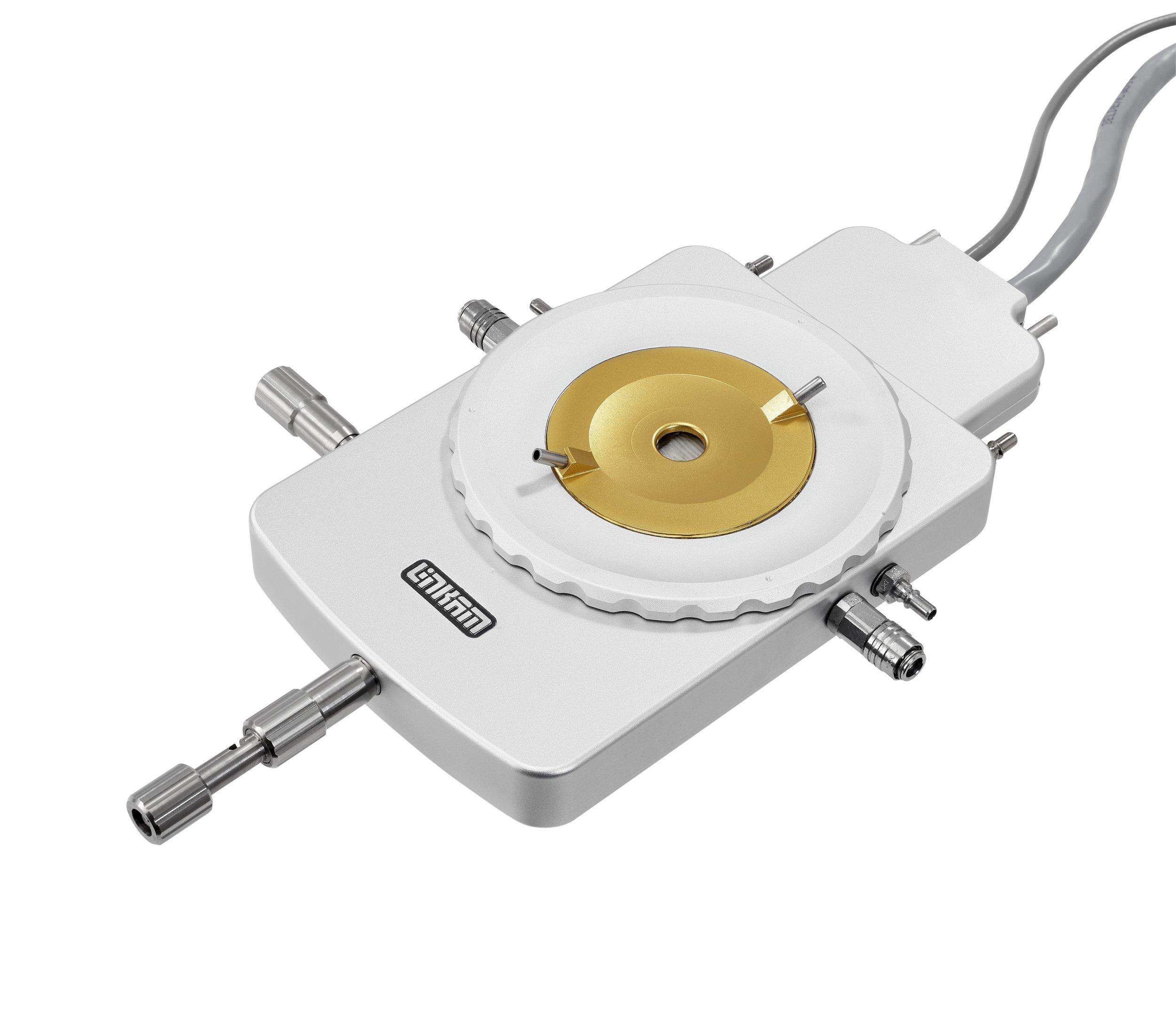
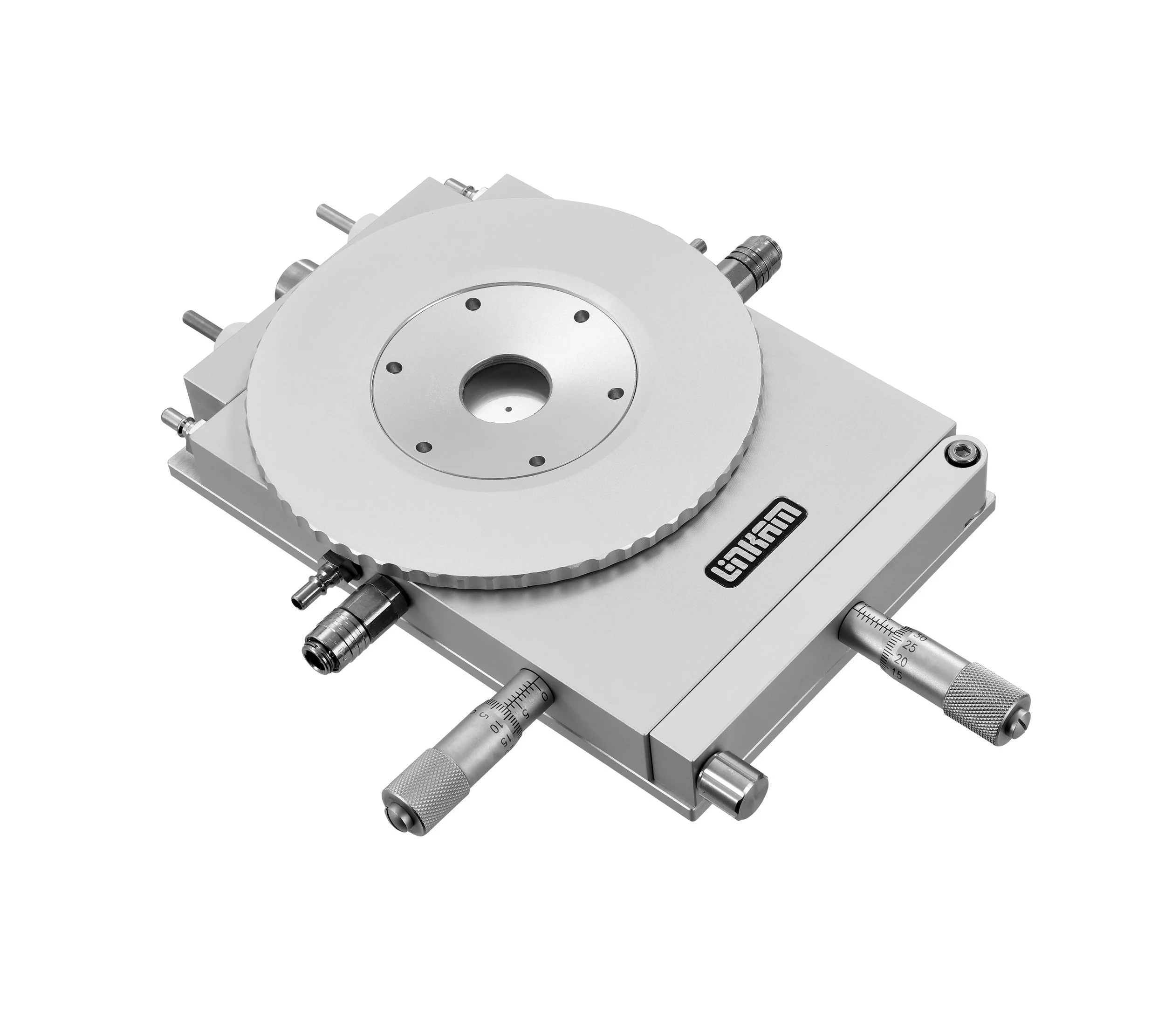






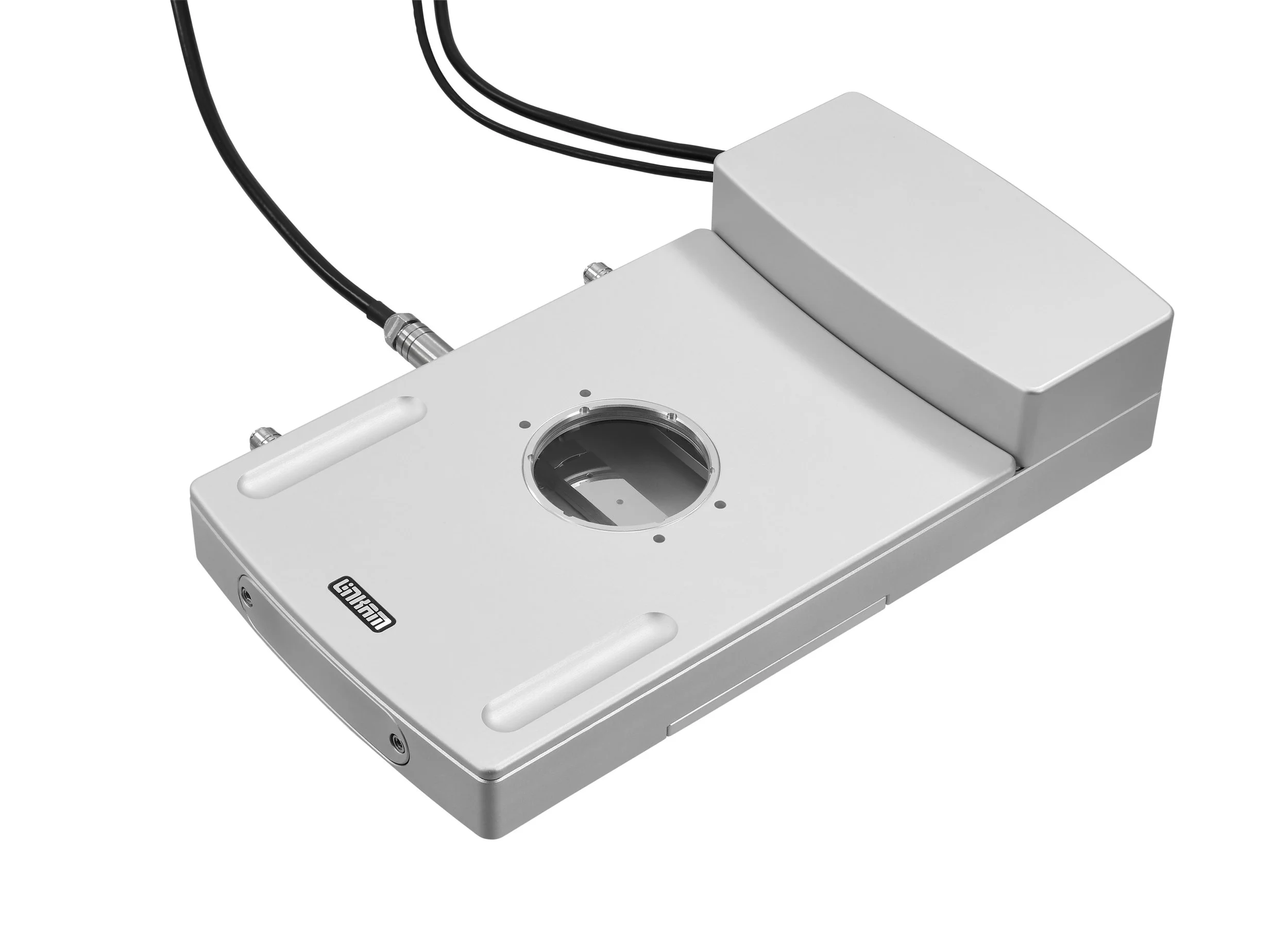


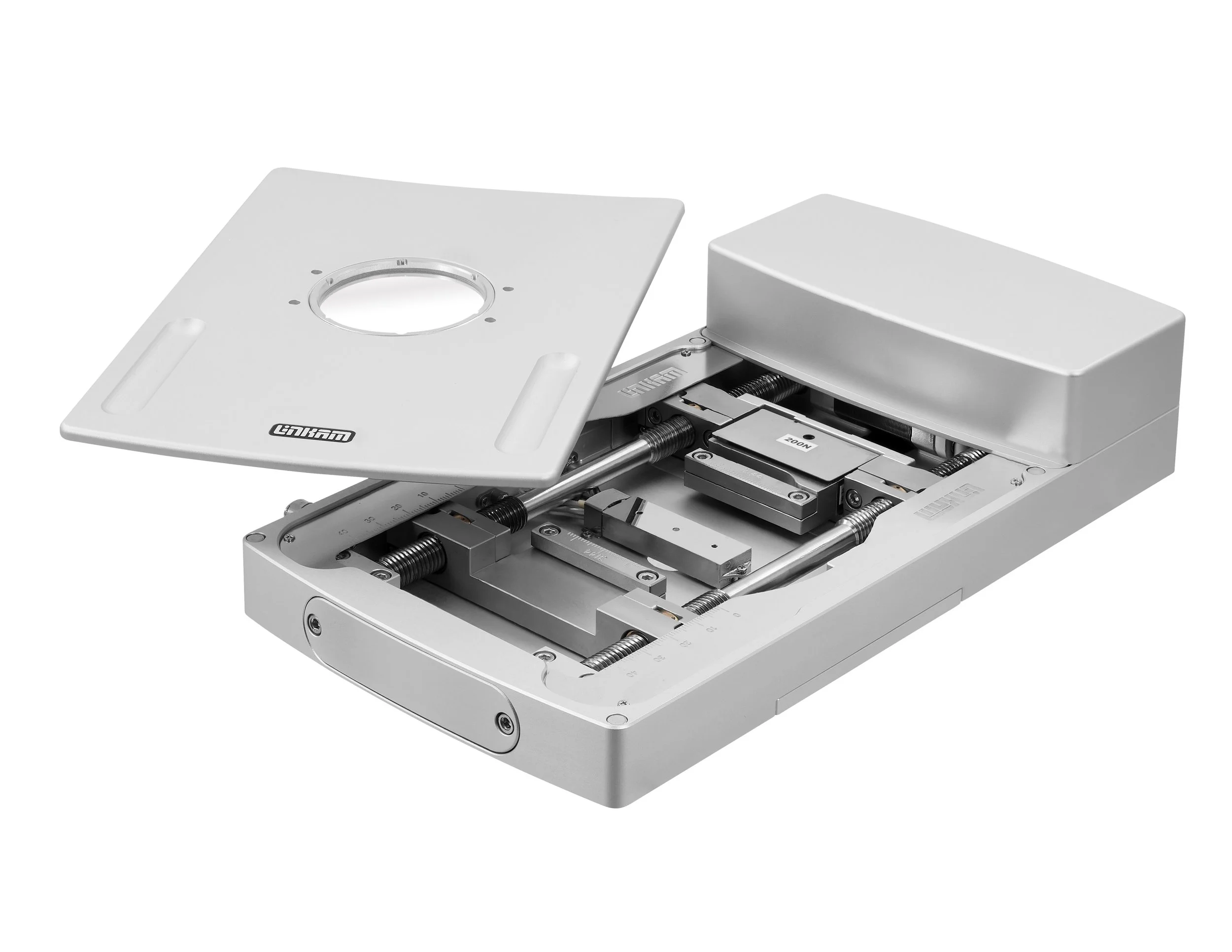




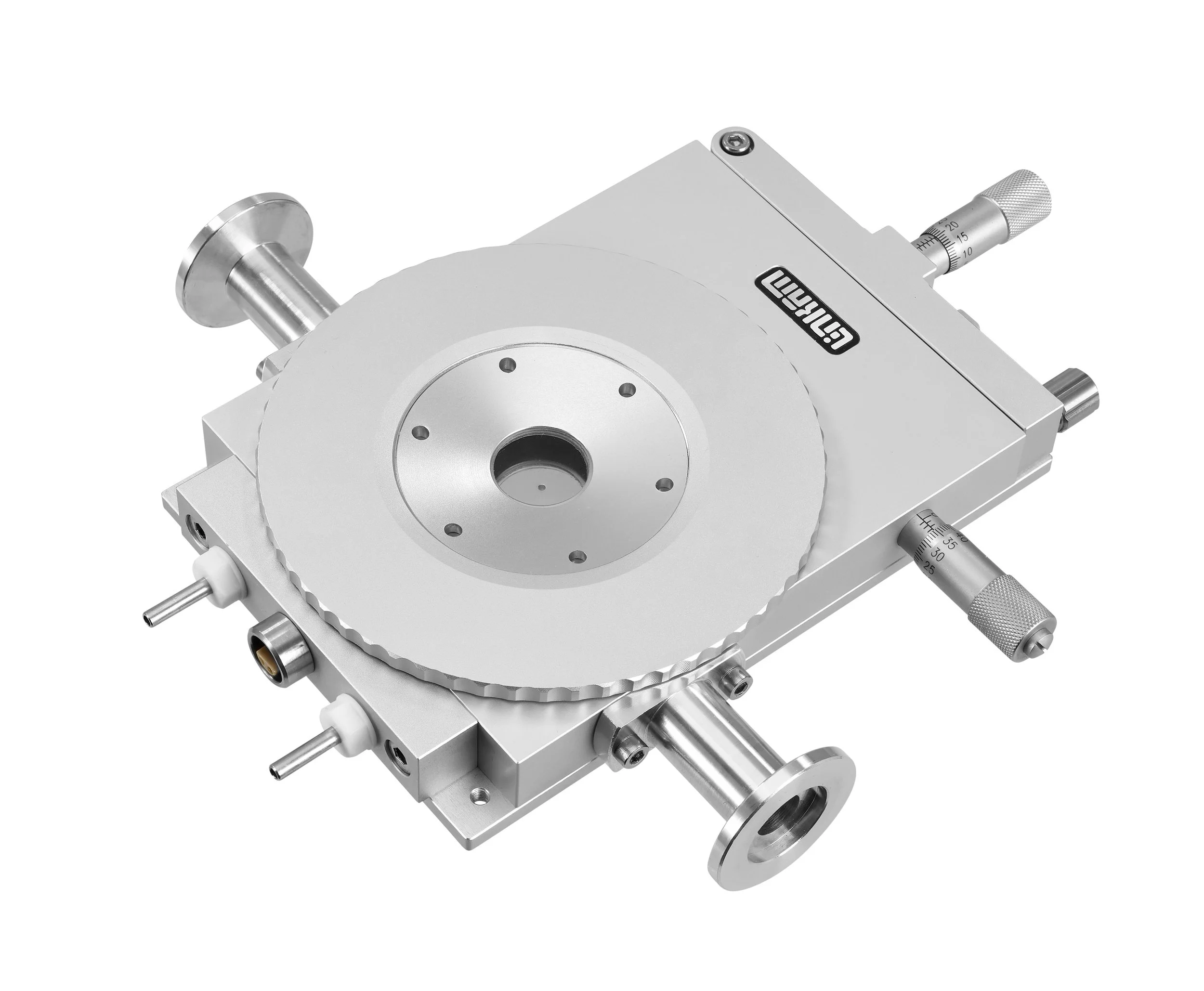



















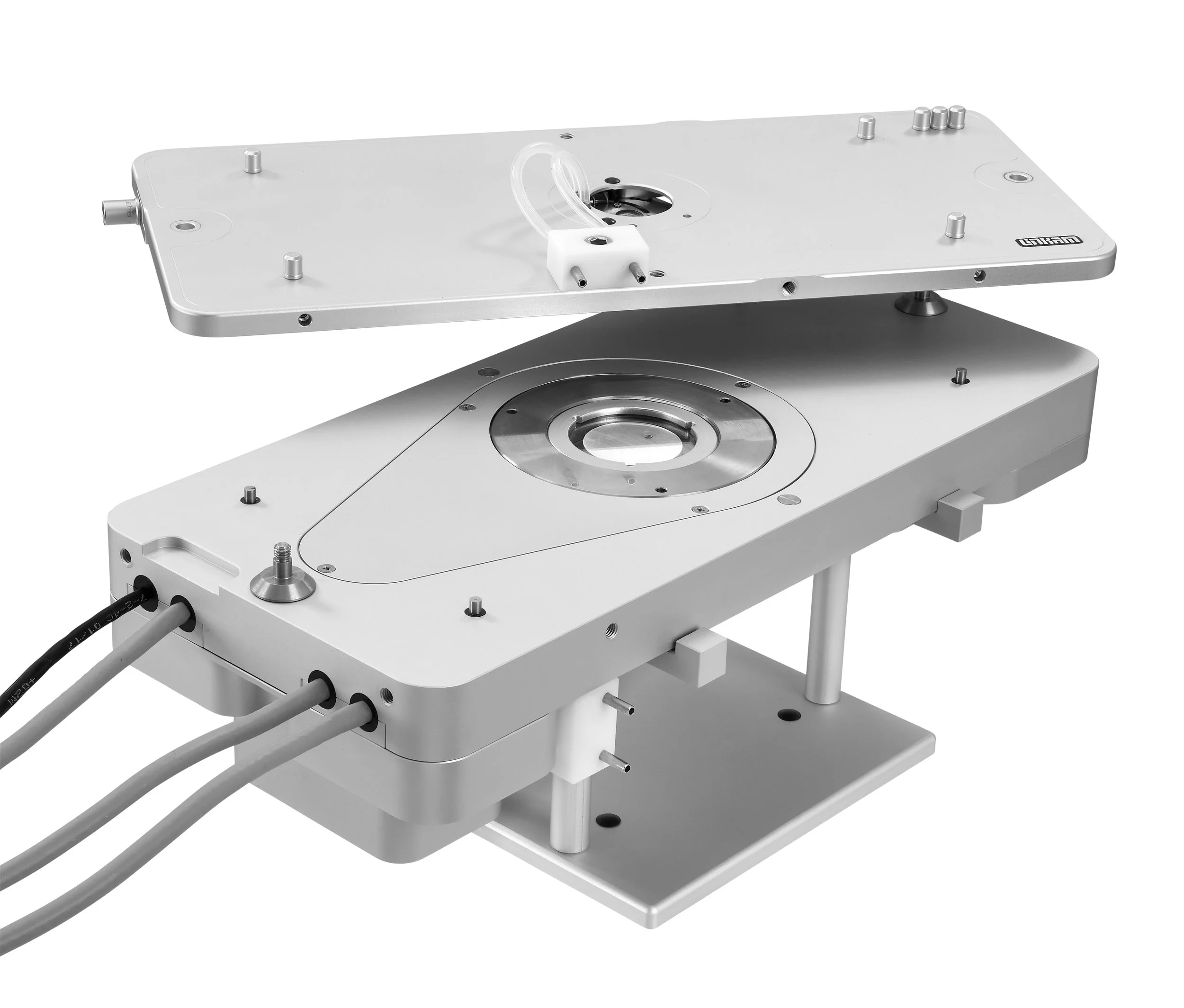



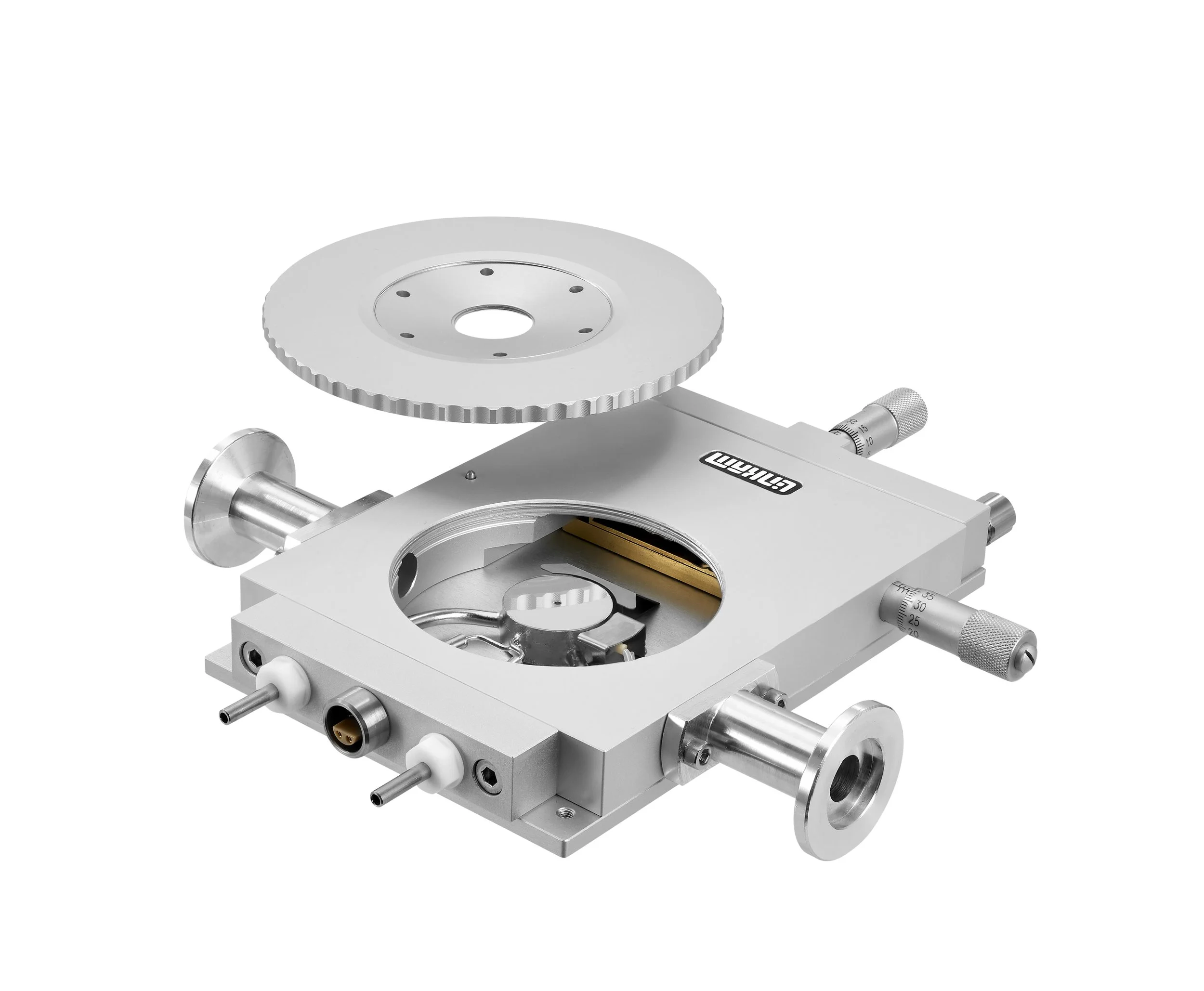
The preparation and handling of vitrified samples normally requires special skills and techniques. The novel design of the Linkam CryoGenium makes this a simple and reproducible process.